
SNOUK DESIGN NOTES BLOG
An open space where I could keep on experimenting on game design.
I also consider this to be my unprofessional space where I could just be my weird and silly self.
Be sure to check it out to get to know about my side projects & ventures!
PROJECT DESCRIPTION
GAME SCREENSHOTS
ROLE
TAGS
VIEW
PLAYERS
ENGINE
PLATFORM
TEAM MEMBERS
DURATION
CALENDER
Lead Game Design, Level Design, Narrative, Animator, and Marketing
Puzzle, Adventure
3D, Third Person
Singleplayer
Unreal Engine 4
PC
5
1 Year (Graduation)
2017 May - 2018 May
A puzzle-adventure game about changing the "core rules" governing the game world itself.
This project was developed within 12 months as part of our university final year assignment.
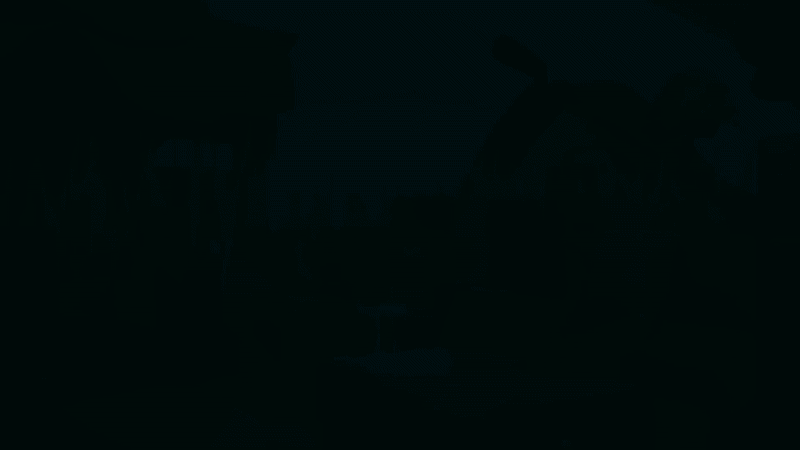 |  |  |
|---|---|---|
 |  | 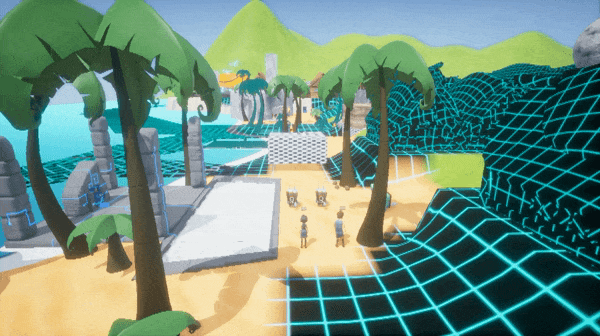 |
 | 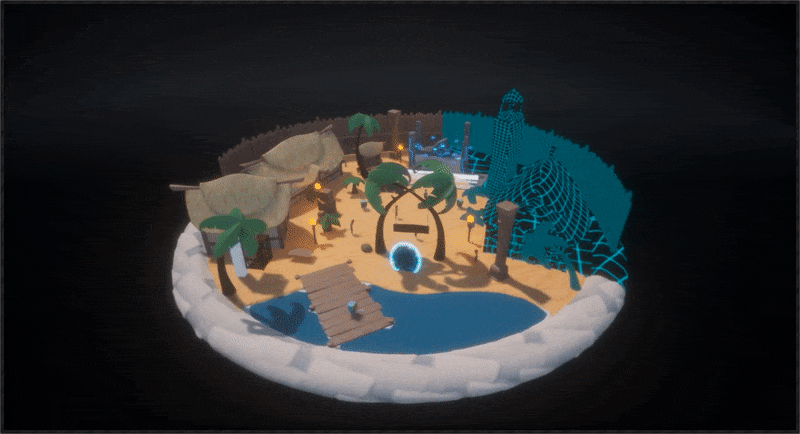 |  |
 | 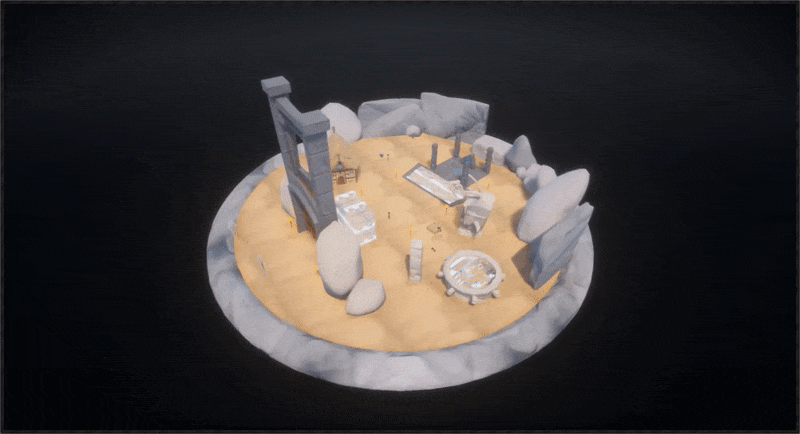 |
PROJECT DEVELOPMENT
TOOLS
Unreal
Word
PowerPoint
Excel
Visio
Photoshop
Premiere
AfterEffects
SketchUp
iClone Animator
iClone Kinect MoCap
Trello
After working on several game prototypes, we settled to work on "The_Game" to showcase it as our final year project.
The project initially kicked off as a 2D programming-esque game in the initial days of pre-production. Eventually, we evolved the idea into a third-person puzzle-adventure title, shifting our focus to create a "parody" of game development tropes instead of simply teaching the concepts of game development.
UNIVERSE
This is a comical game about the player fixing a broken world, designed by sketchy developers (AKA Gods), who aim to ensnare other trapped players in the game world into submission of their money, and their soul.
The game world is governed by unjust rules designed by a greedy game production team. Removing and adding rules, changing assets, and reprogramming as they want; The development team is transforming the world into an extremely evil universe where nobody can do much except move around and have specific jobs decided by the gods themselves.
Real people find themselves trapped in the game. With most of the population stuck in this virtual realm, the real world is facing dire consequences and is crumbling down.
Governments, order, education, and any type of maintenance disappeared. The economy is in free fall, the buildings are starting to crack down, and those left behind in the world are creating a world of terror where the strongest rule.
The situation must change. The remaining government forces unite and decide to send an agent every month to find a way to liberate everyone from the game.
So far, there has been no success. This is where you, the player, comes in. You are one of the agents sent by the government. Your mission is to save humanity and break everyone out of the game!
The player can alter character abilities and level design. The narrative also features various factions with unique game rule-changing abilities for progression purposes.

MY RESPONSIBILITIES
GAME DESIGN:
-
Acted as a lead game designer responsible for all the gameplay features implemented.
-
Designed player, enemy, ally AI behaviors, and ingredient mechanics.
-
Responsible for the core game loop and the rule system.
-
Crafted progression while accounting for the full release of the concept.
LEVEL DESIGN:
-
Level design from paper to editor implementation.
-
Designed and implemented mission structure, side objectives, and unique puzzles.
NARRATIVE & ANIMATION DESIGN:
-
Crafted different faction-based unique characters to populate the game world.
-
Designed and responsible for all dialogue conversations in the game.
-
Created and implemented all animations into the build.
Over the course of development (besides game & level design):
-
I crafted over 15+ characters with features inclusive of - name, gender, age, faction, hierarchy, traits, occupation, appearance, and behavior.
-
I modified around 150+ animations from mixamo & Microsoft Kinect mocap data to our specific rigs for implementation.
-
I also key-framed many humanoid and monster animations.
-
During the final days, several industry professionals came by to evaluate and grade the final-year assignment.
To enhance our presentation, we produced extensive marketing materials, including budget plans, competitor benchmarks, teasers, trailers, pitch presentations, and physical pamphlets and booklets, ensuring our project to stand out.
Ultimately, the project received high praise for its content volume and execution quality compared to typical student projects.
 |  |  |
|---|---|---|
 |  |  |
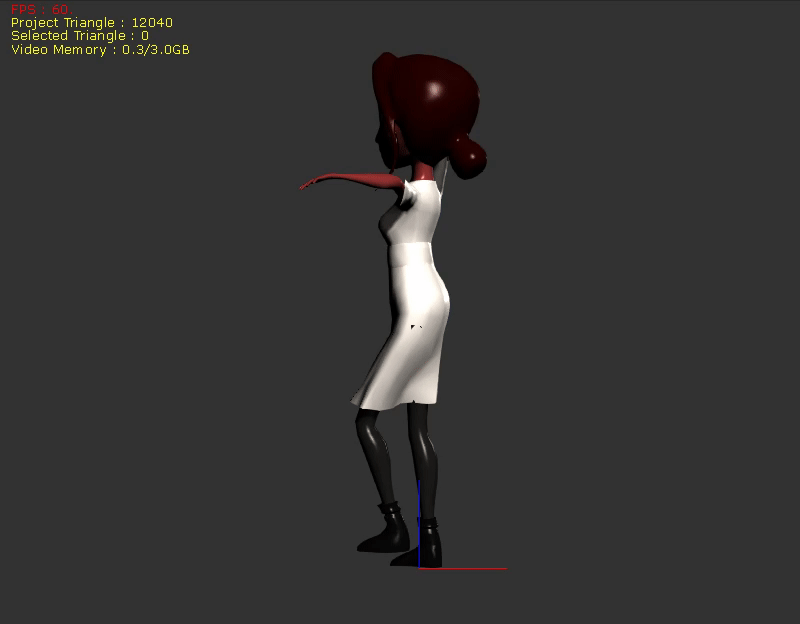 | 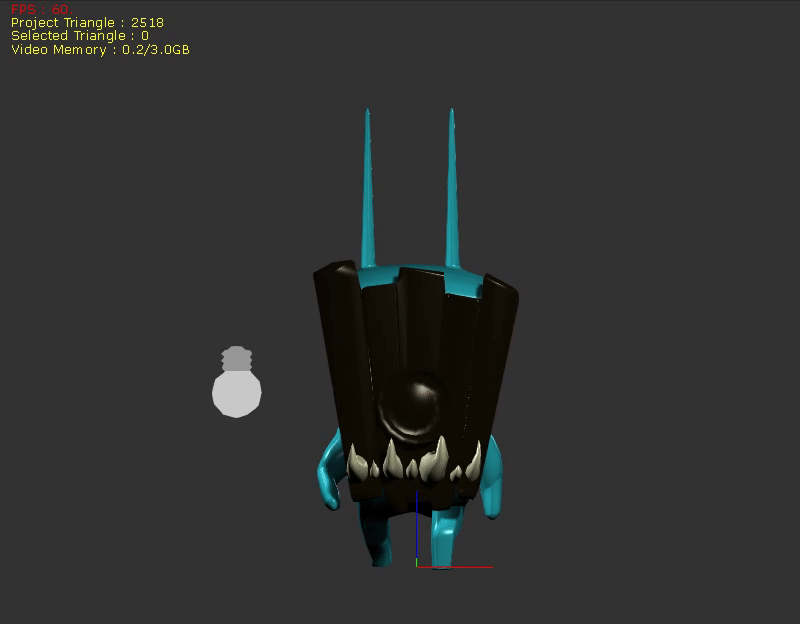 |
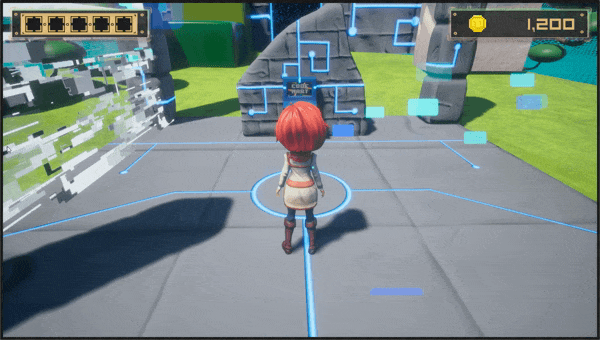 |  |  |
|---|---|---|
 |  |  |
 |



